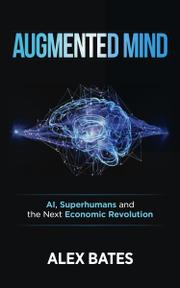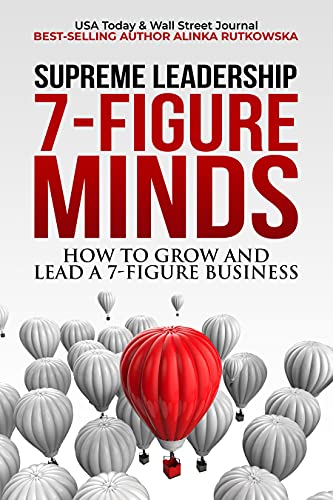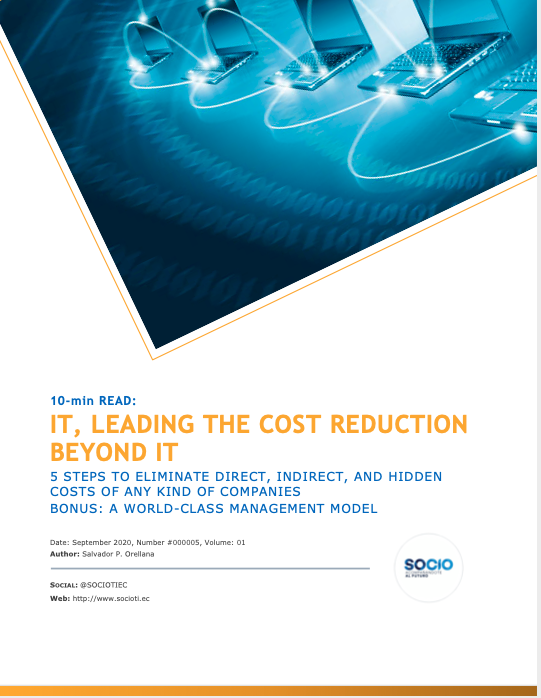
A
consideration of artificial intelligence’s technological and economic
potential.
According to entrepreneur,
corporate researcher, and debut author Bates, we stand on the precipice of a new technological age—a “fourth
industrial revolution” that will carry humankind to “stratospheric heights.” Although
investment and progress in AI has been prolific, the author calls “intelligence
augmentation”—a combination of machine and human cognition—the next frontier. AI
and human intelligence generally express different core aptitudes, Bates
asserts; although computers are astonishingly efficient at analyzing and
retaining troves of data, people are capable of intuitive discovery and
creative spontaneity. Rather than replicating human abilities—which he sees as
the current obsession of AI research—his version of intellectual augmentation would
be a collaboration between computerized and human capabilities. He contends
that this is the safest route for humans, as it results in more human control
and offers protection from complete replacement by automation. People would
effectively become “superhuman”—completely liberated from the “intellectual
housekeeping” of relatively mindless tasks and free to devote themselves to
more creative, fulfilling pursuits. The author provides a brief, synoptic
history of AI since its “golden era” in the mid-20th century and ably diagnoses
an opportunity to make huge strides in the field, thanks to a present superabundance
of data, money, and algorithmic competence. He also assesses future, specific
applications of AI in manufacturing, health care, and the arts. Bates has an
academic and entrepreneurial background in AI, which he effectively expresses
in his study’s scholarly rigor and commercial insight. Also, he provides a
nuanced, if brief, introduction to the debates regarding the relationship
between intelligence, creativity, and intuition. The prose is helpfully
straightforward and clear, and those who may be unfamiliar with hyper-technical
AI discourse will still find it accessible. That said, Bates does have a
tendency to meander; for example, his historical discussions of hybridized
creatures in ancient literature and popular culture neither advance nor clarify
his main argument. Nevertheless, he makes a convincing, original case that
deserves a wide audience.
A provocative,
philosophically astute, and technologically savvy analysis.







Add comment